INDIANAPOLIS-Allison Transmission is just a stone's throw away from a famous motor speedway known as "The Brickyard." And Anniston Army Depot is located only 10 miles from the Talladega Superspeedway, NASCAR's most competitive track.
But it's not the stock cars that bring Allison and the Anniston, Ala., depot together.
Seven mechanics from the depot's Turbine and Reciprocating value streams trained in March at the Allison manufacturing plant to become certified technicians for the 3000 and 4000 series products.
Allison is the original equipment manufacturer for the transmissions in many of the Department of Defense's combat vehicles, and workers at Anniston Army Depot repair and refurbish many of the same transmissions such as the X200, X1100, 1410, 850 and 411.
"It's hard to find a tank that we're not in," said Eric Dickerson, public relations director for Allison.
While the depot has been familiar with the Allison brand for several decades, a memorandum of agreement signed months ago initiated the training of these depot mechanics and laid the groundwork for future partnering initiatives, said Chuck Gunnels, Turbine Value Stream process optimization manger.
"The MOA we signed showed a commitment by both Allison and the depot to foster a future partnership in support of the warfighter," said Gunnels. "This training establishes the depot as an OEM-certified place to do overhaul work."
Although this certification is a first for the depot, Allison has long certified technicians-in both public and private sectors-from all over the world.
Allison has been making transmissions since 1949 when it built one for the U.S. Army, said Dickerson. The company now has its transmissions in more than 250 models of vehicles worldwide, from light-duty commercial trucks to M1 tanks.
Last year the OEM completed its 5 millionth transmission and also broke away from General Motors Corporation as a stand-alone company, said Dickerson.
Technicians at Allison build and upgrade military transmissions for the same legacy combat vehicles that the depot overhauls and maintains like the M113 family of vehicles, the M88, the Paladin and the Field Artillery Ammunition Supply Vehicle, or FAASV.
Allison introduced the 3000 and 4000 series products in the early 1990s, said Greg Sickmeier, a training instructor at Allison. These transmissions are made for several applications, but mainly for the military's use.
The 3000 series transmission is the gearbox for the eight-wheeled Stryker vehicle and the Mine Resistant Ambush Protected variants. The depot partners with General Dynamics in the new manufacture of both the Stryker and the MRAP; and, depot workers provide almost all touch labor for the reset of combat- and battle-damaged Stryker variants.
Sickmeier said Army depot mechanics will soon see the 4000 series transmissions being pulled out of other military vehicles needing to be refurbished.
The Anniston depot is not currently overhauling or refurbishing the 3000 transmission found in the Stryker, Gunnels said, but the training these mechanics received from Allison is a start in that direction.
"This opens the door to so many other opportunities," said Gunnels.
Train the trainer
Before traveling to Allison for the hands-on training, the depot mechanics went through a series of web-based instruction and testing.
"These guys did a bang-up job on the online test," said Sickmeier.
The depot mechanics, who were accustomed to using air tools, were provided hand-held wrenches to disassemble and reassemble the transmissions in the Allison training center.
Using an air tool is "fine as long as you turn the pressure down. When you're turning a wrench by hand, you're able to feel the threads," said Sickmeier.
"And it's the best way not to tear something up," said Ricky Meeks, one of the depot mechanics now certified by Allison.
Meeks and David Trussell were selected to train other mechanics on depot to be Allison-certified.
The main difference between the two series of transmissions-3000 and 4000-is the size, or power. The 4000 product is visibly larger. And, for the depot mechanics, not much else about these products is unlike what they currently work on at Anniston.
"It's the same procedure, same concept," said Meeks.
"Except we're working with metrics here (Allison), and we're used to standard," said Daniel Mayo, a depot transmission mechanic.
During the week-long training, the depot visitors toured Plant 14, Allison's 500,000-square-foot defense maintenance facility, which is home to the production and upgrade of military vehicle transmissions.
Plant 14 was constructed in 1979 for the sole purpose of making the X1100 transmission for the M1 tank. The 275-plus production operators there now work to build and improve transmissions for many other military fleets.
The government owns most of the equipment-about 75 percent-in Plant 14, which produces nearly 50 M1 transmissions (X1100) a month.
Production processes at Plant 14 are similar to those being used in the depot's transmission shop. Improvements are continuously made to provide the same high-quality product much quicker.
The depot's Turbine Value Stream implemented lean concepts that increased its first-pass-yield rate and improved other processes, winning it the Shingo bronze award for excellence in manufacturing last year.
Allison technicians use what is known as cell manufacturing-equipment is arranged to allow the operator to turn out more products in less time.
"Though we've improved our thru-put, lean manufacturing with our military sales is harder to do with such a low volume of one particular product where the schedules change monthly," said Leroy Johnson, deputy director of Allison's defense programs.
Improving production operations on the Allison defense programs started with the machining centers as the tooling mechanisms on the older machines were changed.
Allison Transmission employs more than 3,300 employees in a 216-acre industrial park.
Anniston Army Depot began as an Army ordnance depot in 1940 and now has a world-class vehicle and equipment maintenance mission employing more than 6,900 government civilians.
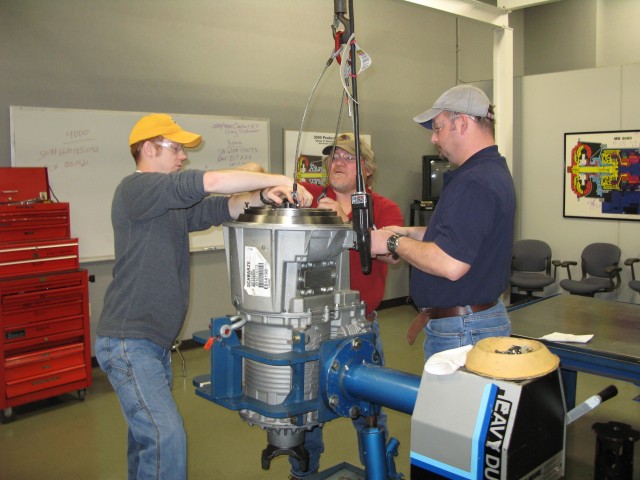
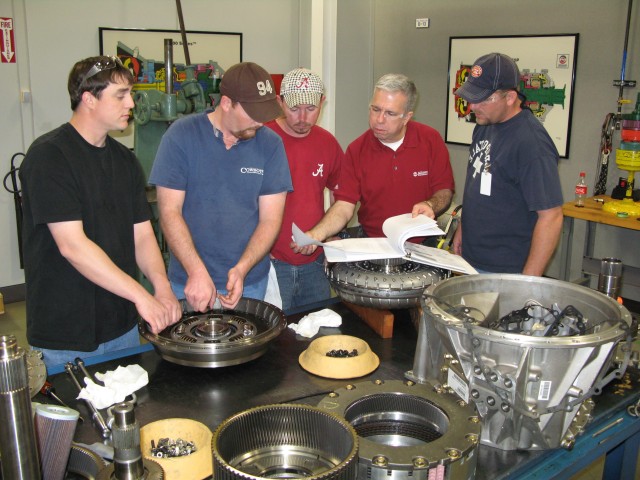
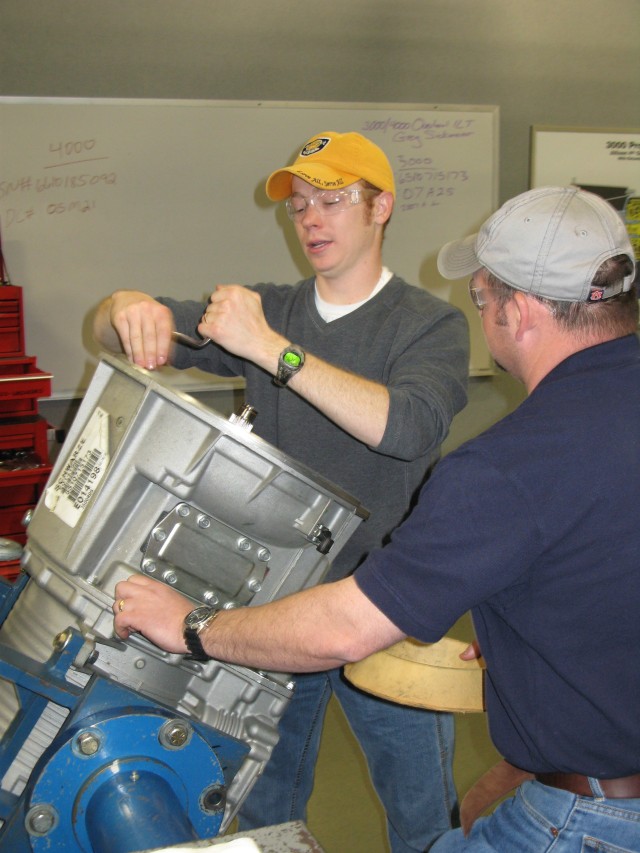
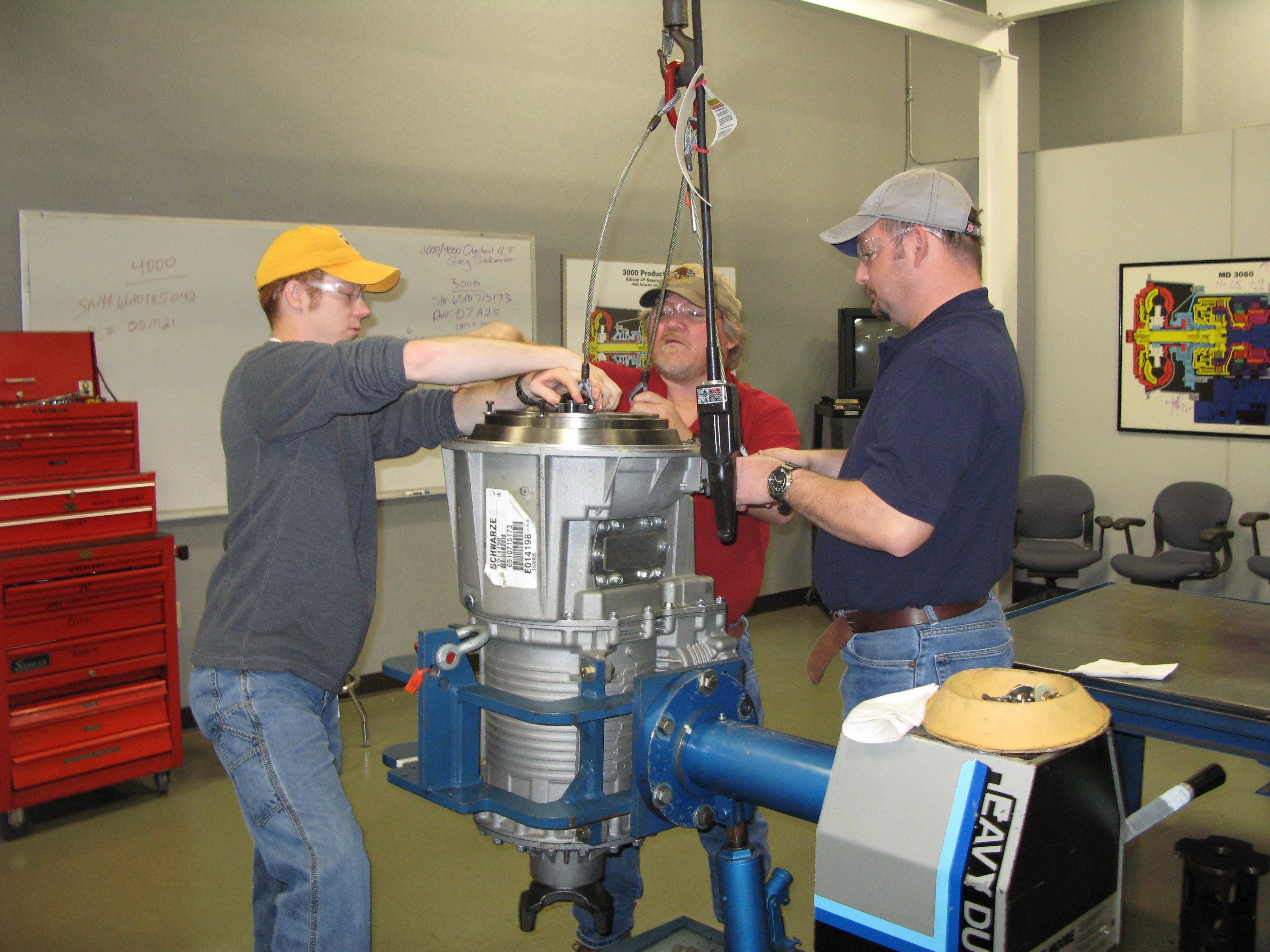
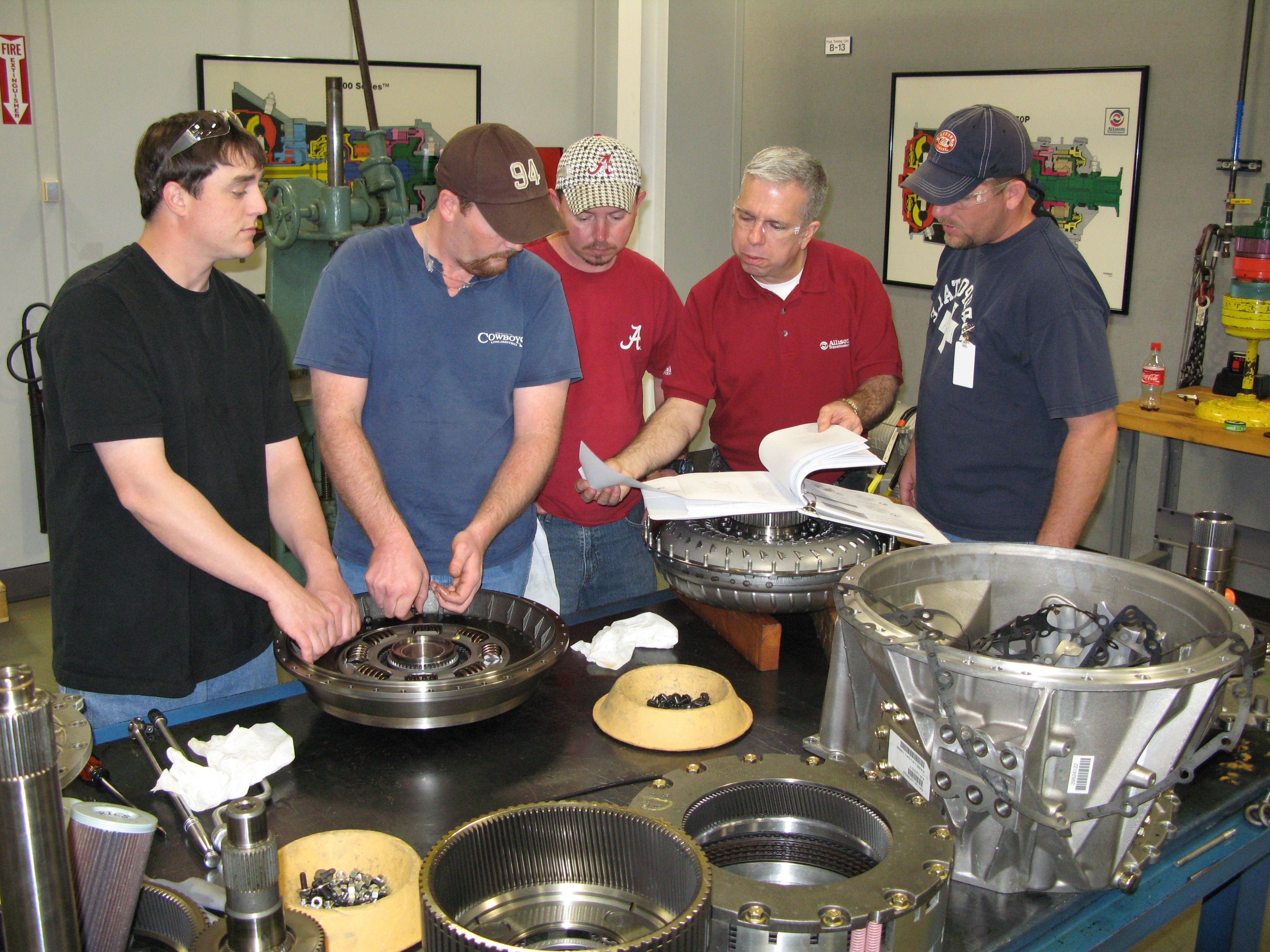
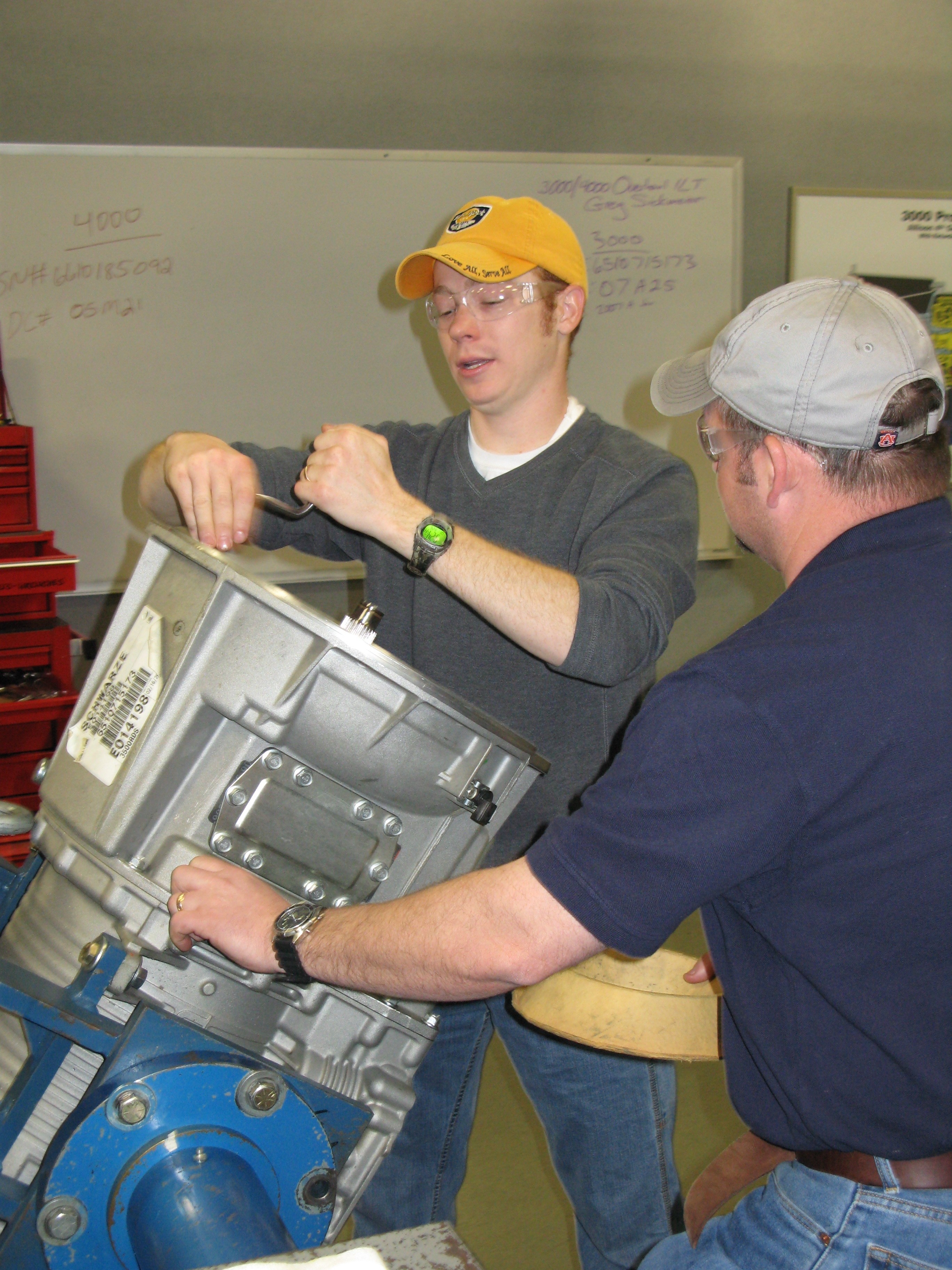
Social Sharing